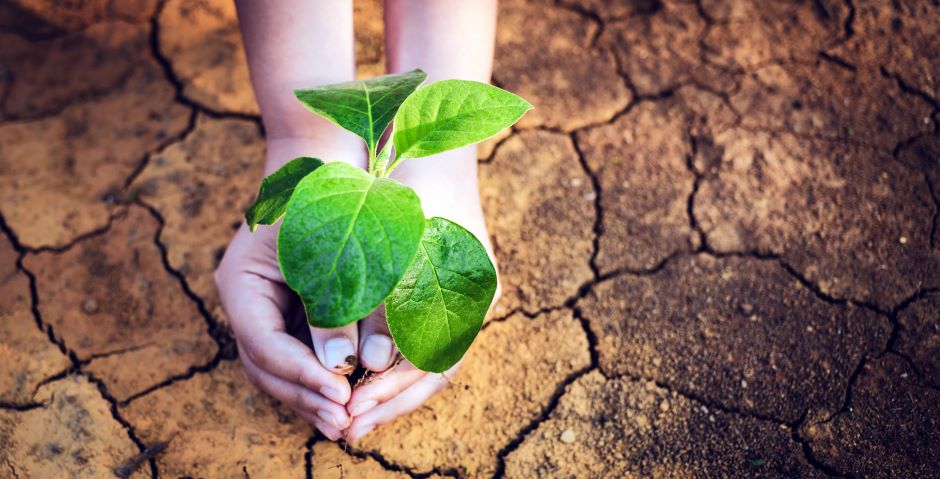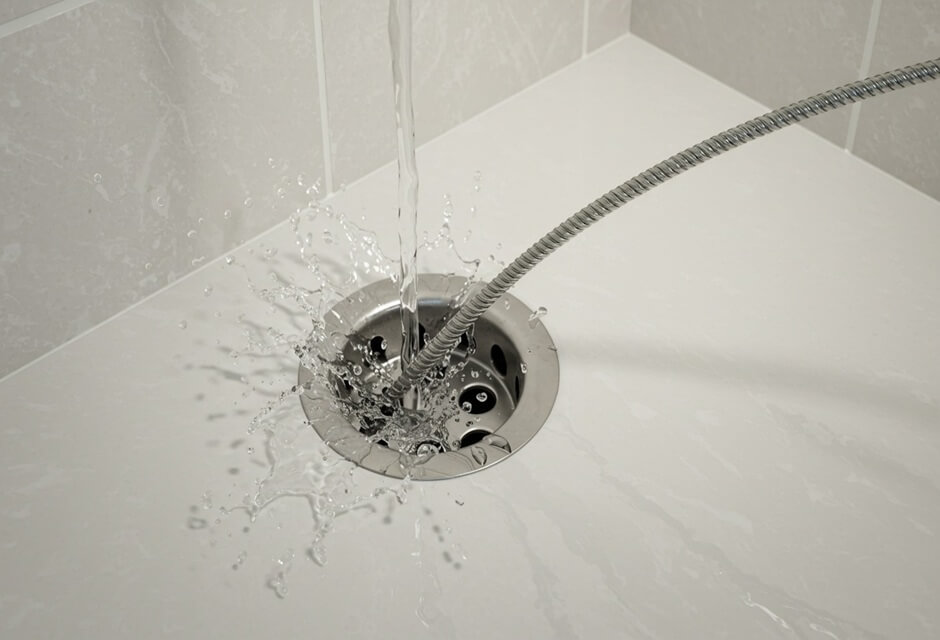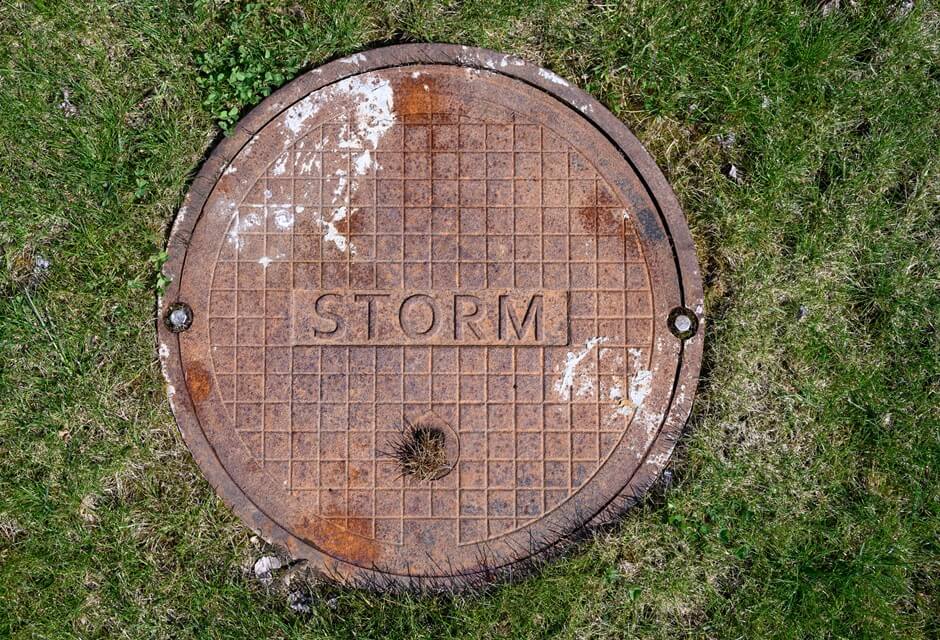
If you have clay soil you may be constantly struggling to keep a healthy and green lawn. Therefore, try the organic matter, use gypsum, aerate, go for a top dressing, or change the grass.
The issue of how to improve clay soil for lawns is something many homeowners dwell on, and clay soil can present many challenges for those who dream of a lush green lawn. It gets compacted easily, poorly drains the water, and has low levels of nutrients and oxygen.
Luckily, garden enthusiasts are persistent enough to get their grass to be as beautiful as it is possible in clay soil! This guide will assist you with the best ways of improving clay soil lawn. So if you are asking yourself how to fix this kind of lawn, get to know all the tips you need to rock this challenging soil!
How to Improve Grass on Clay Soil
Clay soil can be notoriously difficult for grass to thrive in, but with know-how, organic matter, gypsum, aerating, top dressing, and the right grass you can transform your lawn into a lush, green oasis. After all, yellow grass is something no one wishes for!
Here are some tips to help you.
1. Add Organic Matter
What to add to clay soil for grass? One of the best things is the organic matter in the form of compost, shredded leaves, or well-rotted manure.
Organic matter helps to improve the soil structure, making it more porous and easier for water and air to penetrate. It also adds valuable nutrients to the soil, which can help your lawn to grow strong and healthy.
The cost of adding organic matter, such as compost or topsoil, can range from $ 50 to $ 200 per cubic yard, depending on the quality and quantity needed.
2. Use Gypsum
Gypsum is a naturally occurring mineral and helps to improve soil structure by breaking up clay particles and promoting better drainage, therefore also improving the soil's ability to hold water and nutrients, making it more fertile and productive.
You can spread gypsum evenly over the soil's surface and work it into the top few inches of the soil using a tiller or garden fork. Apply about 1-2 pounds of gypsum per square foot and water the area thoroughly to help it penetrate.
3. Aerate The Soil
Aeration is the process of creating small holes in the soil to allow air, water, and nutrients to reach the roots of your grass. That is especially important for clay soil, which tends to become compacted over time.
You can use a garden fork or a specialized aerator to make small holes in your lawn. Be sure to do this when the soil is moist, as it will be easier to penetrate.
You can also call some lawn care professionals to help. Aerating the soil can cost around $ 75 to $ 200 for a typical-sized lawn.
4. Use A Top Dressing
A top dressing is a layer of compost or other organic material spread over the surface of your lawn. It can help to improve the soil structure and add valuable nutrients to the soil. You can use a shovel or a specialized top-dressing machine to evenly apply the material.
5. Choose The Right Grass
Not all grasses are equal when it comes to growing in clay soil. Some grasses, such as fescues and ryegrasses, are more tolerant of clay soil than others. Consult a local garden center to determine the best grass varieties for your area and soil type.
Follow these tips and you will be sure to have all the steps on how to break down clay soil for grass.
How to Amend Clay Soil for Grass
Clay soil amendment for lawns is the addition of organic matter, gypsum, and different kinds of fertilizers to the soil. It guarantees more nutrients and more chances for your grass to thrive beautifully.
The cost of soil amendments can vary greatly depending on the type and amount needed. The average cost of improving clay soil for a lawn can range from a few hundred to a few thousand dollars, depending on the size of the lawn and the extent of the problem.
The best thing to do is to consult with our lawn care service pros to determine the most effective and cost-efficient methods for improving your lawn. Reach out now if you want to know how to improve clay soil for lawns.
 Let a landscape architect give you an estimate on your project
Let a landscape architect give you an estimate on your project





 Member of the
Member of the